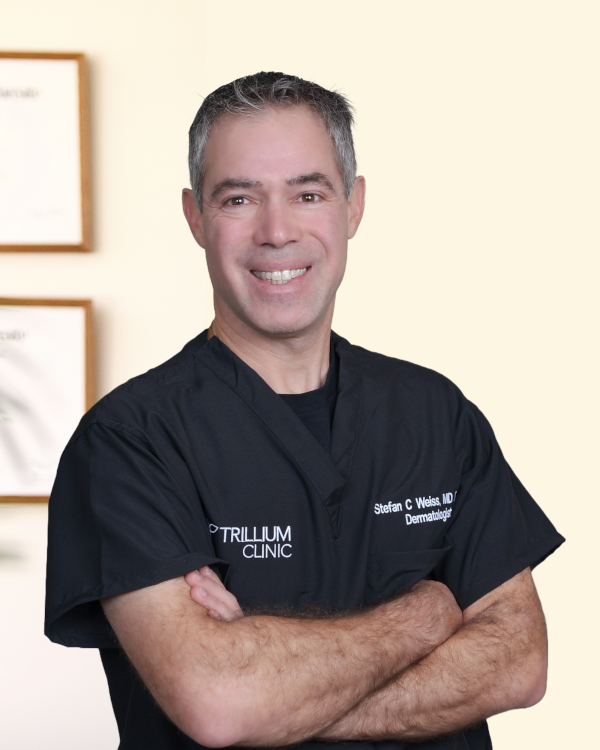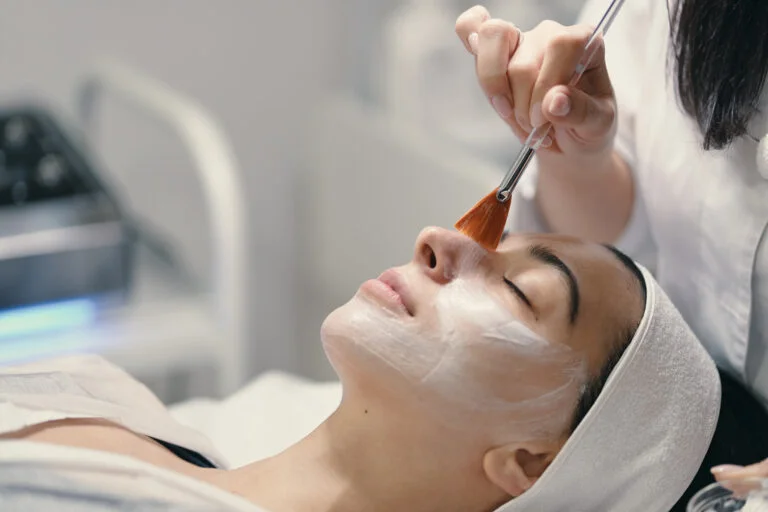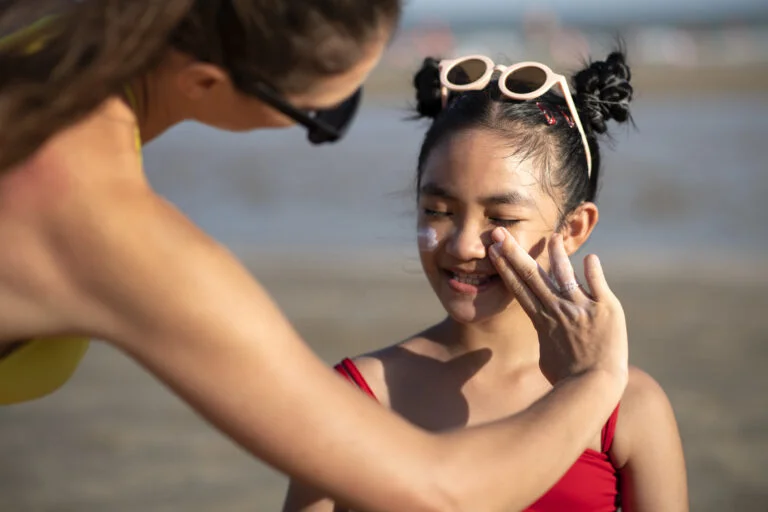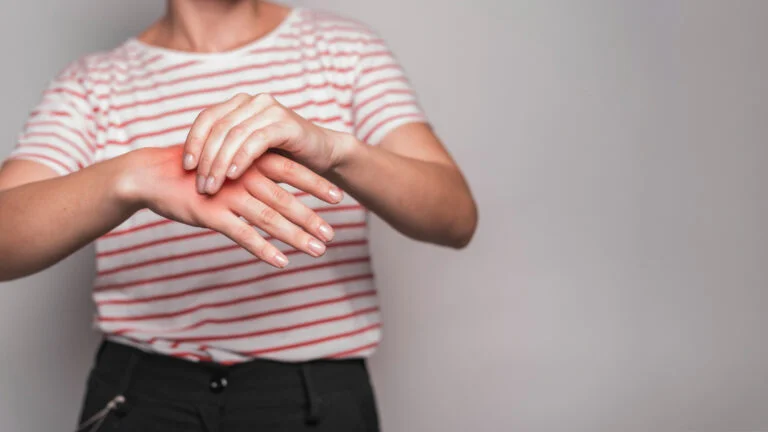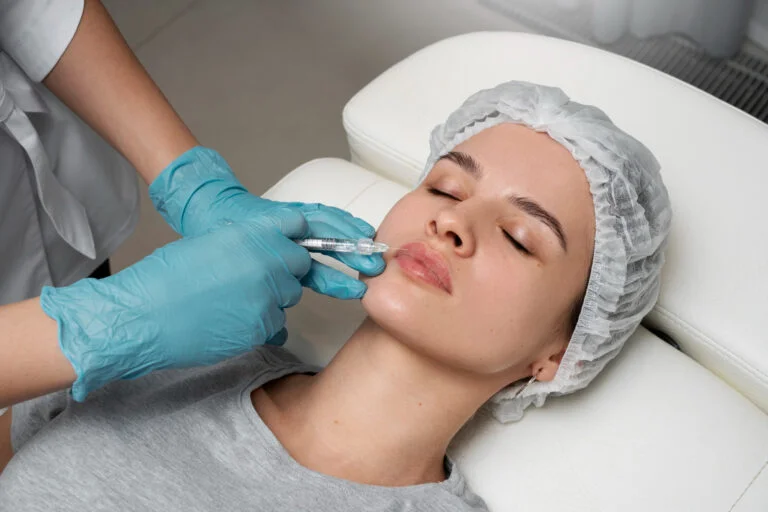Nasolabial folds—those lines running from the sides of the nose to the corners of the mouth—are a natural part of facial anatomy, often deepening as we age. While they’re completely normal, these folds can sometimes make a face look older or more tired, which leads many people to seek treatment. Dermal fillers for nasolabial folds are one of the most popular options for reducing the appearance of these lines, offering a non-surgical, effective solution. Here’s a guide to everything you need to know about fillers in the nasolabial folds, from procedure details to the types of fillers available, benefits, and aftercare.
What Are Nasolabial Folds?
Nasolabial folds are the natural indentations that run from each side of the nose to the corners of the mouth. Though everyone has them, these folds can deepen due to age, facial movement, and changes in skin elasticity. Factors like sun exposure, smoking, and lifestyle habits can also accelerate the appearance of these lines, making the face look older or more drawn.
Why Do Nasolabial Folds Deepen?
There are a few primary reasons why nasolabial folds become more pronounced:
- Aging: As we age, the skin loses collagen and elastin, leading to reduced firmness and elasticity. This loss, combined with the natural fat redistribution, makes the folds more noticeable.
- Sun Damage: UV exposure breaks down collagen, causing premature aging and deepening lines.
- Lifestyle Factors: Smoking, diet, and stress all contribute to skin aging, potentially worsening these lines.
- Genetics: Some people naturally have more prominent nasolabial folds, which can deepen over time.
How Do Fillers for Nasolabial Folds Work?
Dermal fillers are injectable substances that add volume to the skin, filling in lines and folds. For nasolabial folds, the most commonly used fillers are hyaluronic acid-based fillers, like Juvederm, Restylane, and Belotero. Hyaluronic acid (HA) is a naturally occurring substance in the body that attracts water, adding volume and hydration to the skin. Radiesse, a calcium-based filler that can provide structure and stimulate collagen production, is ideal for more pronounced folds. Radiesse tends to last longer but is not reversible like HA fillers. Commonly a combination of fillers is used to treat deeper volume loss with refined superficial corrections.
When injected, the filler plumps up the area beneath the fold, making it appear smoother and reducing the shadow effect that creates a more tired appearance. By adding volume to this area, fillers can create a youthful, balanced look without altering your natural expression.
Benefits of Dermal Fillers for Nasolabial Folds
Choosing dermal fillers for nasolabial fold treatment offers multiple advantages:
- Non-Surgical Solution: Fillers provide a quick, minimally invasive treatment with immediate results, avoiding the need for surgery.
- Natural Results: When administered by a skilled professional, fillers can subtly reduce the appearance of nasolabial folds without changing your facial structure.
- Temporary Yet Long-Lasting: Most hyaluronic acid fillers last from 6 to 18 months, making them a flexible option for those who may want adjustments over time.
- Minimal Downtime: With a quick procedure and minimal recovery, you can resume daily activities almost immediately.
- Versatile Approach: Fillers can be combined with other treatments, like Botox or skin resurfacing, for more comprehensive facial rejuvenation.
The Procedure: What to Expect During a Nasolabial Fold Treatment
Consultation: A professional will examine your facial anatomy and discuss your goals to ensure the nasolabial lines treatment aligns with your expectations. Choosing the right type of filler and technique is essential for natural-looking results.
Preparation: The area is cleaned, and a numbing cream may be applied for comfort. Many fillers also contain lidocaine to minimize discomfort during the injection.
Injection Process: Using a fine needle or cannula, the filler is carefully injected along the nasolabial fold or just under it to lift the area, effectively reducing the depth of the line. The amount and placement are customized to achieve the desired look.
Post-Injection Massage: After injecting the filler, the provider may gently massage the area to ensure even distribution and smooth results.
Recovery and Aftercare
Recovery from nasolabial fold filler is generally straightforward. Most people experience mild swelling or bruising, which subsides within a few days. Here are some aftercare tips for a smoother recovery:
Avoid Strenuous Activity: For 24-48 hours post-procedure, avoid heavy exercise to minimize swelling.
Cold Compresses: Apply a cold compress gently to reduce swelling or bruising if needed.
Avoid Touching: Do not touch or massage the treated area unless directed, as this can interfere with the filler placement.
Stay Hydrated: Drinking water helps maintain the hydrating effects of hyaluronic acid fillers.
Avoid Alcohol: Alcohol can increase bruising and swelling, so it’s best to avoid it for 24 hours post-treatment.
Full results are visible within a week, with minor adjustments if necessary during follow-up appointments.
Potential Side Effects and Risks
While dermal fillers for nasolabial folds are generally safe, there are potential risks:
Swelling and Bruising: These are common side effects and usually get resolved within a few days.
Asymmetry: Uneven results may happen but can typically be corrected.
Lumps or Bumps: Sometimes, lumps form if the filler isn’t distributed evenly, though massaging or follow-up adjustments can correct this.
Allergic Reactions: Rare but possible, especially with non-HA fillers.
To minimize risks, choosing a certified, experienced professional or injector in cosmetic dermatology is essential.
How Long Do Fillers for Nasolabial Folds Last?
The duration of fillers varies by type and individual factors but generally ranges from 6 to 18 months. HA fillers like Juvederm and Restylane tend to last around 6-12 months, while Radiesse, which is non-HA-based, may 12 to 18 months. Maintenance appointments are typically scheduled once a year or as desired to keep up with results.
Are You a Candidate for Nasolabial Fold Fillers?
Most healthy adults are suitable candidates for nasolabial fold fillers. If you are in Chapel Hill, NC, and seeking cosmetic filler treatments, you can discuss your goals, medical history, and any allergies with Stefan C Weiss, MD FAAD.
Those with deep nasolabial folds due to significant volume loss or skin laxity can benefit from a combination approach with other treatments, such as Botox or laser. Many people find that combining nasolabial fold fillers with other facial rejuvenation treatments enhances results. Botox softens expression lines in the upper face, complementing the filler’s smoothing effect.
Chemical peels or laser resurfacing will improve skin texture and tone to give it a more youthful appearance. Seek assistance from the best dermatology clinic in Chapel Hill to know more about how fillers and Botox or Laser can optimize your skin appearance.
Consultation
Dr. Stefan Weiss is an internationally renowned board-certified dermatologist and expert injector with over 25 years of experience providing first-rate non-invasive cosmetic procedures. Dr. Weiss adopts a holistic, less-is-more approach to facial rejuvenation, personalizing each individual’s treatment plan to achieve natural and long-lasting results. He has been recognized as a nation’s “Top Doc” for his dedication to his patients and expertise.
Final Thoughts
Nasolabial fold fillers provide a fast, non-surgical way to rejuvenate the face and reduce the appearance of deep lines. With minimal downtime and natural-looking results, they’re an ideal option for anyone looking to soften these folds without surgery. By working with an expert provider, like Dr. Weiss, an expert filler injector in Chapel Hill, and choosing the right type of filler, you can achieve smooth, youthful contours that enhance your natural beauty.
For those in Chapel Hill, NC interested in nasolabial fold fillers, schedule a consultation with board-certified dermatologist Dr. Stefan Weiss, to explore your options and develop a treatment plan tailored to your unique facial structure and goals.

